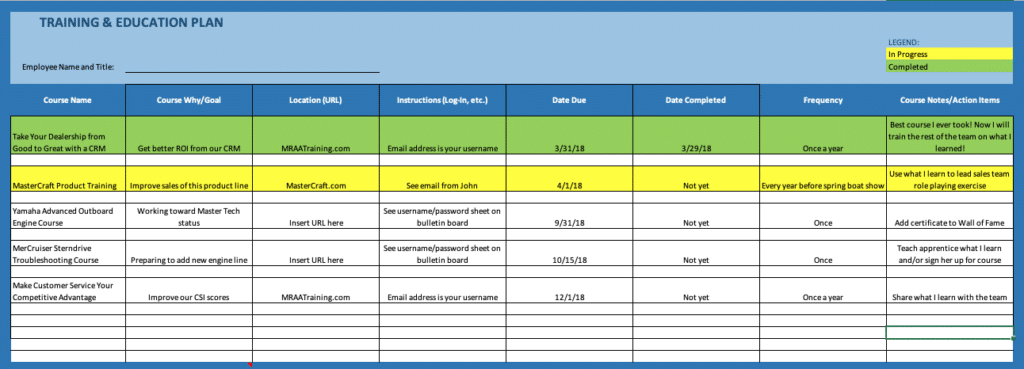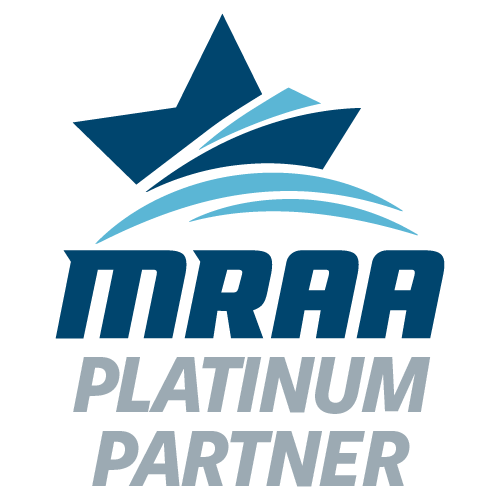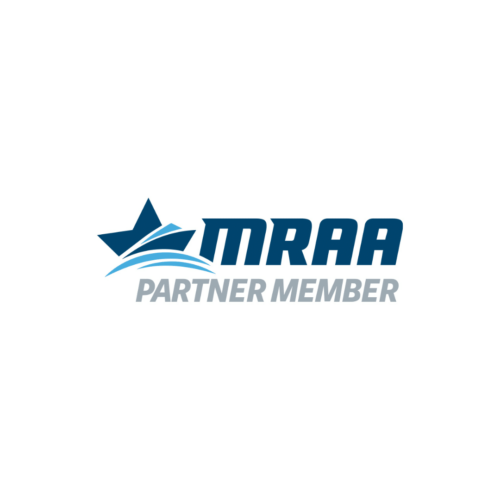There’s not much that grabs attention like a promise of a 23% increase in profits.
That’s why I bet Gallup got a lot of clicks on the report it released this fall, suggesting that teams with the highest levels of employee engagement had 23% higher profits than those with the lowest levels of employee engagement.
Employee engagement is a topic that everyone can agree seems really important. However, as managers, it’s not always clear how to move the needle and where it should fit on the priority list. That’s particularly true in a challenging market in which keeping cash flowing, making payroll and ensuring the lights stay on are real concerns for some dealerships.
So, what are some concrete actions you can take to move the employee engagement (and profit) needle now?
• Tip 1: Start measuring employee engagement and satisfaction, if you’re not already. More than 300 marine dealership locations across the U.S. and Canada are already doing this each year through the Marine Industry Certified Dealership program, and we often hear that it’s one of the most impactful elements of getting and staying certified.
• Tip 2: Ask your employee about their training needs. At least five of the 12 employee needs Gallup has identified managers can meet to improve employees’ productivity can be tied to training and education. When you spend time or money to help a team member develop professionally, you demonstrate that:
- You care about them.
- You encourage their development.
- You believe their job is important.
- You are paying attention to their progress, and it is worth focusing on for you and them.
- You are committed to giving them opportunities to learn and grow.
Training and education is most effective when it is focused on an area where the employee recognizes a need to improve and grow and is motivated to do so. You will find out what these areas are by asking.
Also, consider the goals your dealership has for the team member. To do so, you might evaluate your employee’s performance in the key result areas of their position. Are they carrying out the responsibilities they were hired to do? How well are they performing in those areas?
• Tip 3: Create a development plan. Use this insight into the employee’s goals and your dealership’s goals to create a professional development plan together for the year ahead. What three or four main objectives do you strive to accomplish and how and when will you accomplish them? If you need a simple training template to create your plan, you’re welcome to download a sample one from the Workforce area of the MRAA Resource Center. You can also find tips for performance reviews on this page.

• Tip 4: Assess what training is available. To answer those questions and complete this plan, you’ll need to assess what training is available and choose education and training opportunities for your employee to participate in. Don’t let a lack of funds stop your forward momentum. These opportunities can come in a variety of forms for a variety of budgets, from books to conferences, podcasts and webinars to e-learning courses. If you need help determining the right option for you and your team member, reach out to the MRAA Education Team for guidance. It would be our pleasure to help.
• Tip 5: Prepare beforehand and follow-up afterward. Perhaps even more important than what kind of training you offer your employee is how you, their manager, help them prepare for success beforehand and follow-up afterward.
Authors and training gurus Mary L. Broad and John W. Newstrom researched whose effort is involved in the positive impact of training. They found that supervisors, not trainers or the person actually attending and learning from an education event, had the greatest impact on whether it had a positive effect at work, mostly in the form of that supervisor’s effort before and after the training.
• Tip 6: Create coaching and mentorship opportunities. Remember that managing change isn’t easy for an individual or for a team, even when everyone is on board with that change. New behaviors often take months to become habits, and unforeseen obstacles to change often get in the way. This is where you can assist, coach, mentor and support your employee or your team through the process to positive results.
Even once it appears that a new strategy, process or tactic is in place, regular check-ins are a good idea. The stress of events like new hires, surges in business or other common obstacles can cause a setback in which team members revert to old, comfortable behaviors. Even without stumbling blocks like those, the regular check-in keeps the process moving forward and allows for necessary adjustments to take place.
• Tip 7: Develop a career pathway. When you create a development plan with an employee, the goal is to help them, you and the dealership meet its goals for growth. But where is that growth leading? The ultimate demonstration of your commitment to your employee and their development is to build a path (or paths) together where that growth could take their career. Even an informal conversation about options for the future can go a long way in building employee engagement and loyalty.
Strategies and tactics like these boost employee engagement and retention, while inspiring your team to perform at their best. It’s no wonder, then, that there is such a strong correlation between employee engagement and profitability.



